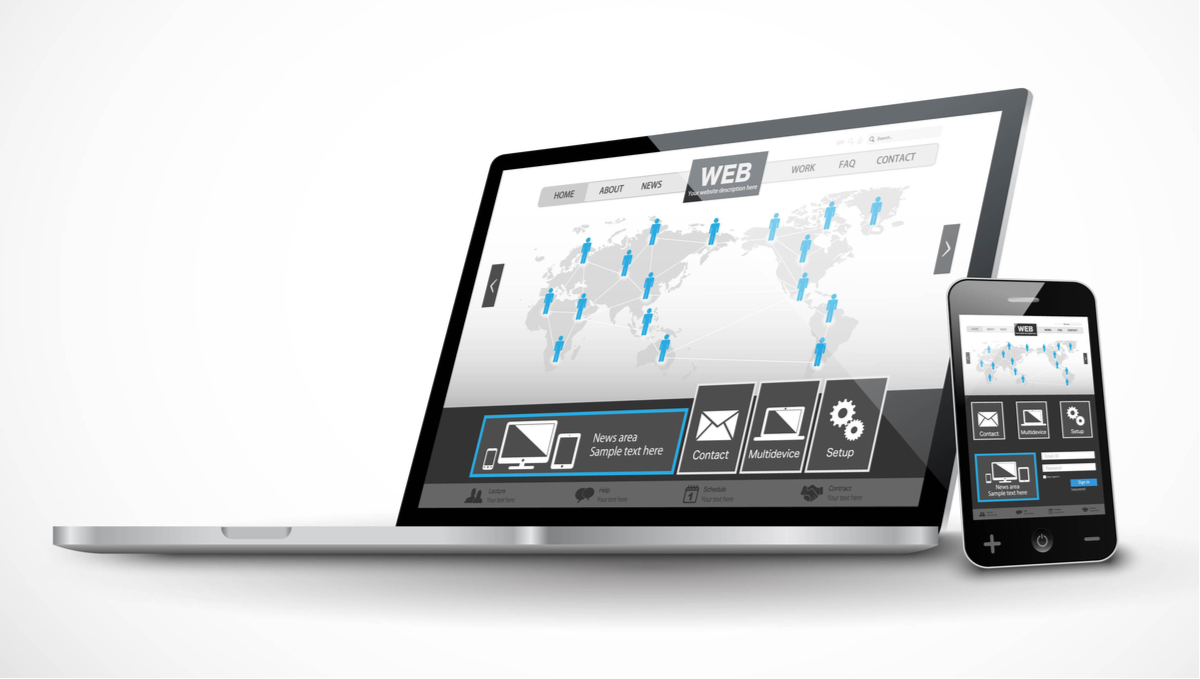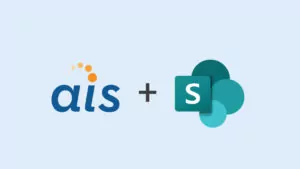
SharePoint has been a widely adopted and popular content management system for many large organizations over the past two decades. From SharePoint Portal Server in 2001 to SharePoint Server 2019 and SharePoint Online, the ability to customize the user experience (UX) has evolved dramatically, keeping pace with the evolution of modern web design. SharePoint Framework (SPFx) is a page and web part model that provides full support of client-side SharePoint development with support for open sources. SPFx works in SharePoint Online, and with on-premises SharePoint 2016, and SharePoint 2019. SPFx works both in modern and classic pages. SPFx Web Parts and Extensions are the latest powerful tool we can use to deliver great UX!
Advantages of using SharePoint Framework
1. It Can’t Harm the Farm
Earlier SharePoint (SP) customization code executed on the server from compiled, server-side code is written in a language such as C#. Historically, we created web parts as full trust C# assemblies that were installed on the SharePoint servers and had access to disrupt SharePoint for all users. Because it ran with far greater permissions on the server, it could adversely impact or even crash the entire farm. Microsoft tried to solve this problem in SP 2010 by implementing Sandbox solutions, followed by the App Model, now known as Add-In model.
SPFx development is based on JavaScript running in a browser, making REST API calls to the SharePoint and Office 365 back-end workloads and does not touch the internals of SharePoint.
The SharePoint Framework is a safer, lower-risk model for SharePoint development.
2. Modern Development Tools
Building SPFx elements using JavaScript and its wealth of libraries, the UX and UI can be shaped as beautifully as any modern website. The JavaScript is embedded directly to the page, and the controls are rendered in the normal page DOM.
SharePoint Framework development is JavaScript framework-agnostic. The toolchain is based on common open-source client development tools such as npm, TypeScript, Yeoman, webpack, and gulp. It supports open-source JavaScript libraries such as Node.js, React.js, Angular.js, Handlebars, Knockout, and more. These provide a lightweight and rapid user experience.
3. Mobile-First Design
“Mobile first”, as the name suggests, means that we start the product design from the mobile end, which has more restrictions to make the content usable in the small space of a phone. Next, we can expand those features to a more luxurious space to create a tablet or desktop version.
Because SharePoint Framework customizations run in the context of the current page (and not in an IFRAME), they are responsive, lightweight, accessible, and mobile-friendly. Mobile support is built-in from the start. Content reflows across device sizes and pages are fast and fluid.
4. Simplified Deployment
There is some work to do at the beginning of a new project to set up the SPFx structure to support reading from a remote host. An App Catalog must be created, as well as generating and uploading a manifest file. If the hosted content is connected with a CDN (Content Delivery Network), that will also require setup. However, once those structural pieces are in place, deployment is simplified to updating files on the host location. It does not require traditional code deployments of server-side code, with its attendant restrictions and security review lead time.
5. Easier Integration of External Data Sources
With SPFx, calls to data from external sources may be easier since it’s web content hosted outside of SharePoint.
SPFx Constraints and Disadvantages
The SharePoint Framework is only available in SharePoint Online, on-premises SharePoint 2016, and SharePoint 2019 at the time of this blog. SPFx cannot be added to earlier versions of SharePoint such as SharePoint 2013 and 2010.
SharePoint Framework Extensions cannot be used in on-premises SharePoint 2016 but only in SharePoint 2019 and SharePoint Online.
SPFx, like any other client-side implementation, runs in the context of the logged-in user. The permissions cannot be elevated to impersonate as an admin user like in farm solutions, CSOM (client-side object model) context, or in SharePoint Add-ins and Office 365 web applications. The SharePoint application functionality is limited to the current user’s permission level, and customization is based on that as well. To overcome this constraint, a hybrid solution implementation with SPFx to communicate with Application Programming Interfaces (APIs). APIs would be registered as SharePoint add-in, that uses the app-only context to communicate with SharePoint. For this communication between SPFx and API to work, the API would need to support CORS (Cross-Origin Resource Sharing) as the communication would be through cross-domain client-side calls.
SPFx is also not for long-running operations as it is entirely client-side implementation. The web request cannot wait longer until it gets the response from the long-running web operation. Hence for those processes, the hybrid approach with long operations can be implemented in Azure web job/function, and SPFx can get the update from those via webhook.
Developers coming from server-side will have a learning curve with entirely client-side development. But TypeScript is there for the rescue.
SPFx Comparison to Other Technologies and Models
SharePoint lists come in handy for many organizations when entering data, but customers always ask for the ability to display the data in some reporting format, such as a dashboard. Below we compare the different ways we can accomplish this and why SPFx is a good fit:
- Classic Web Part Pages: If we do not want to use the SharePoint Framework, SharePoint 2019 still supports the classic web part pages. You can add content editor web parts and deploy any custom JavaScript/jQuery code. However, with this approach, uploading the Js files in the SP library and manually adding pages in a library become cumbersome. We may end up writing custom JSOM (JavaScript object model) code to make the deployment easier. Microsoft does not recommend this approach, and there is the possibility that this will no longer be supported in the future. Also, with this approach, if you want to render any custom tables, you need to write custom code or use a third-party table. Using SharePoint Framework, we can easily use Office UI Fabric React components like Details list.
- Custom App: We can design custom applications to deploy in the cloud, which can read the data from SharePoint. The challenge is that each customer environment is different. It’s not always easy to connect to SharePoint from the cloud in a production environment, especially with CAC (Common Access Card) authenticated sites.
- Power Apps/LogicApps: With newer technologies such as Power Apps, Logic Apps, and Flow, we can design custom SharePoint Forms and business logic and connect to SharePoint using the SharePoint connector. In a production environment, it is not easy to get connection approved and to connect with on-premises data. Power Apps and Flow require the purchase of licenses.
Using SPFx, we can quickly design the dashboards using Office UI Fabric components. For deployment, we do not need to write any custom utility code, SharePoint framework package can create the lists and libraries as well.
Wrapping Up
We hope this blog provided an SPFx overview and its great functionalities. Please look forward to our next blog post (Part II) in developing and deploying custom SPFx Web Parts, Extensions, and connecting to API’s/Azure in SharePoint Online and SharePoint 2019!
Additional Links to get started in SPFx
- SPFx Overview from Microsoft
- When Should You Use SharePoint Framework?
- How SPFx Differs from Traditional Development
- SPFx Compared with Other Models
- SPFx Microsoft Enterprise Guidance
- Updated SharePoint Framework Developer Training Package
- SPFx Microsoft Tutorials
- SPFx Web Parts
- SPFx Extensions
- Migrating Existing Script Editor Web Part Customizations
- SharePoint PnP Webcast






